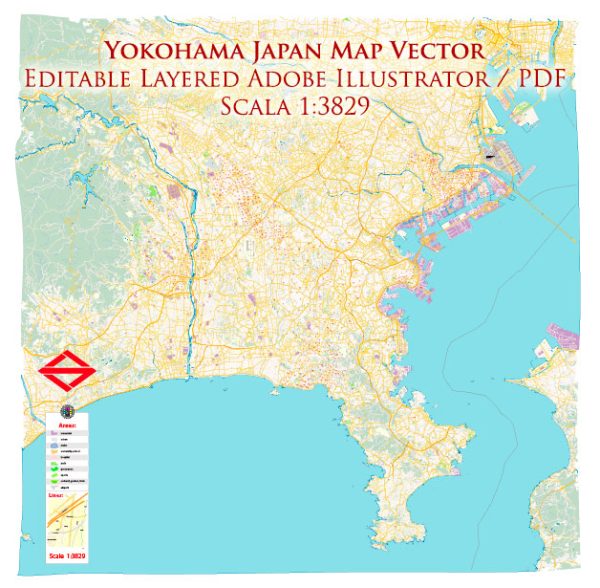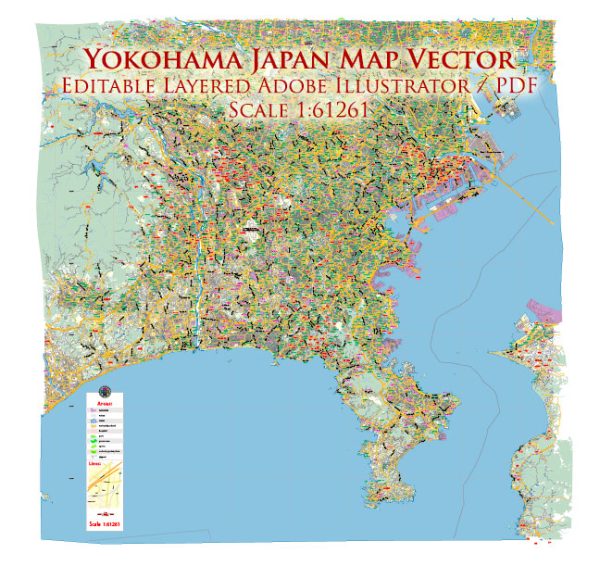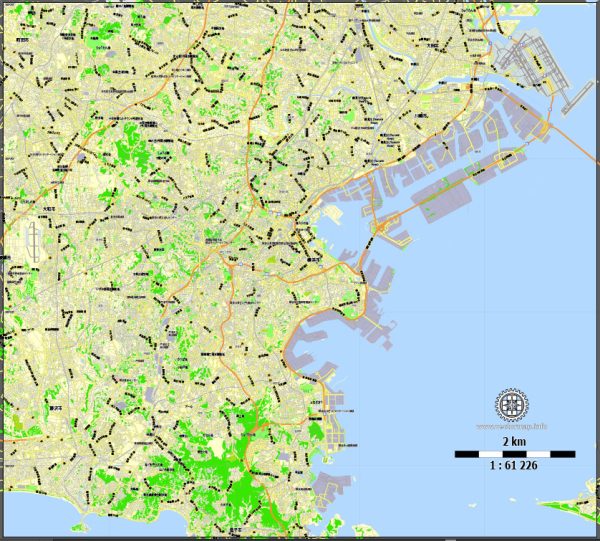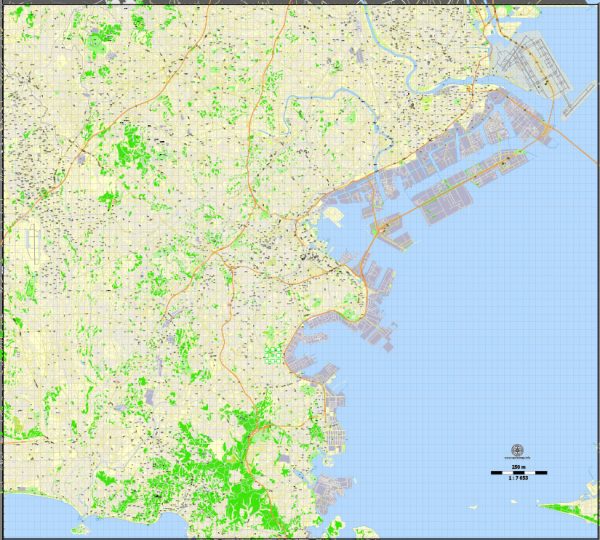Yokohama, located south of Tokyo, is Japan’s second-largest city and a major port. The history of Yokohama’s urban development is fascinating, reflecting the transformation of Japan from a feudal society to a modern, industrialized nation.
- Early History (Edo Period):
- Yokohama’s history dates back to the Edo period (1603-1868). However, it was a small fishing village called “Kanagawa-juku” during this time.
- In 1859, the Japanese government opened Yokohama to foreign trade, marking the beginning of its international significance.
- Port Opening and Internationalization:
- Following the signing of the Treaty of Kanagawa in 1854, Yokohama became one of the first Japanese ports to open to foreign trade in 1859.
- The opening of the port led to the influx of foreign residents and traders, contributing to the internationalization of Yokohama.
- Great Kanto Earthquake (1923):
- The devastating earthquake and subsequent fires in 1923 significantly impacted Yokohama, leading to widespread destruction. However, the city was quickly rebuilt, and the reconstruction effort influenced urban planning and architecture.
- Post-World War II Reconstruction:
- Yokohama, like many Japanese cities, was heavily damaged during World War II. The post-war period saw rapid reconstruction and economic development.
- The city’s infrastructure was modernized, and new industrial zones were established, contributing to Yokohama’s role as a major economic hub.
- 1960s-1980s: Economic Growth and Urban Expansion:
- Yokohama experienced significant economic growth during the high-growth period of the 1960s and 1970s. This led to the expansion of the city both vertically and horizontally.
- The development of new business districts and residential areas, along with improved transportation infrastructure, contributed to Yokohama’s status as a major economic and cultural center.
- Landmark Developments:
- Landmark Tower, completed in 1993, is one of Yokohama’s most iconic structures. It includes a shopping mall, hotel, and an observation deck offering panoramic views of the city and beyond.
- Minato Mirai 21, a waterfront district developed in the 1980s, is another significant urban development project that includes shopping centers, office buildings, and entertainment facilities.
- Cultural and Recreational Spaces:
- Yokohama has invested in creating cultural and recreational spaces, such as the Yokohama Red Brick Warehouse and Yamashita Park, to enhance the city’s appeal and quality of life for residents and visitors.
- Urban Planning and Sustainability:
- In recent years, Yokohama has focused on sustainable urban development. Efforts include green initiatives, public spaces, and improved public transportation.
Yokohama’s history of urban development reflects its resilience, adaptability, and commitment to modernization. Today, it stands as a vibrant and cosmopolitan city with a rich history and a blend of traditional and contemporary elements.





 Author: Kirill Shrayber, Ph.D.
Author: Kirill Shrayber, Ph.D.